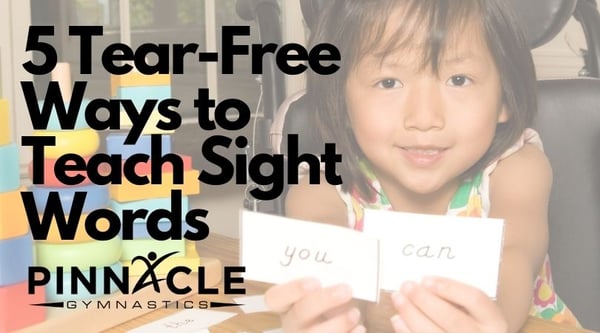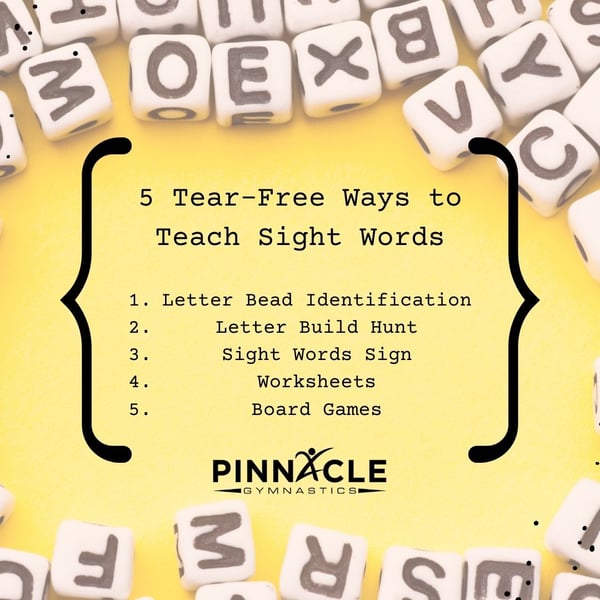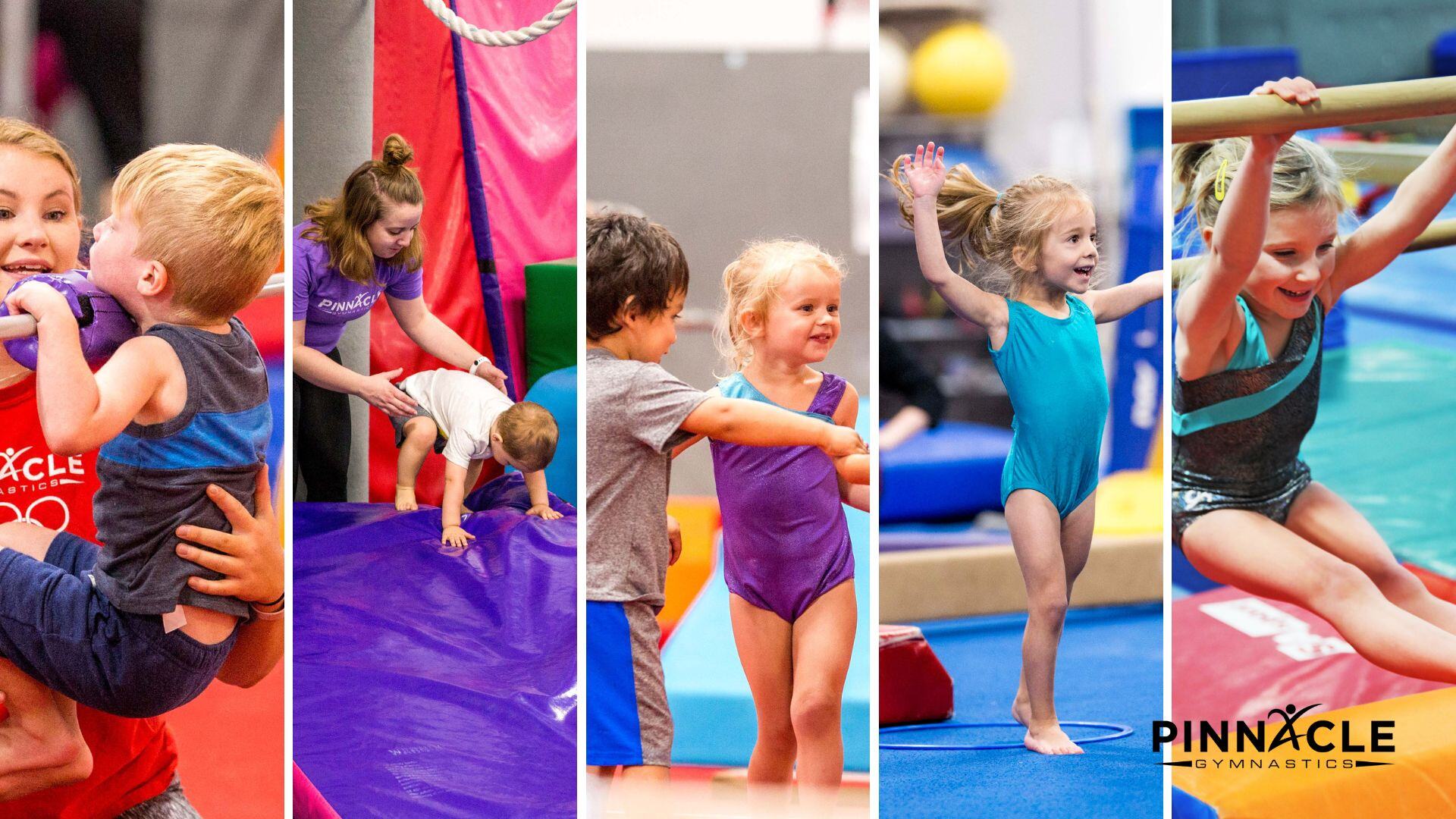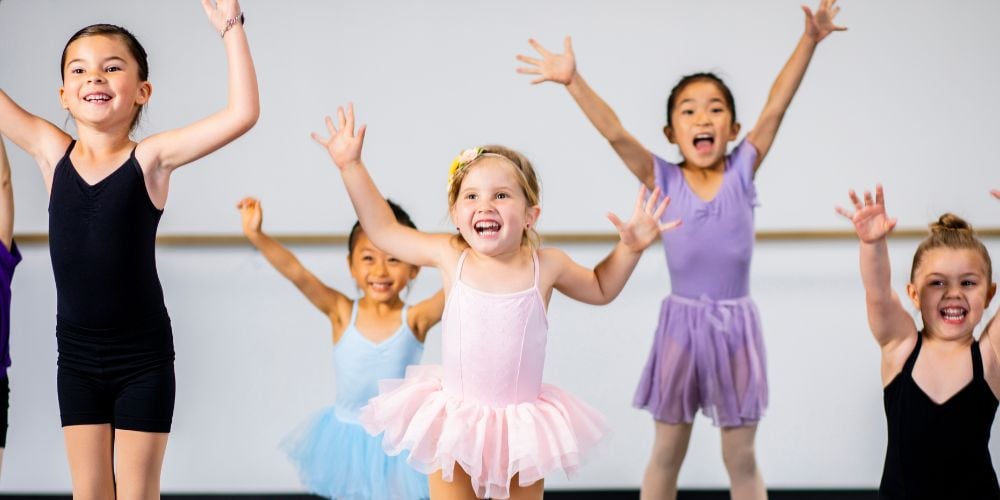Sight words are that next big step for your child to learn to read. After mastering their letters, it is the next logical step for your five or six year old. However, sight words can often be a main source of stress for parents and children alike. They are difficult to start, involve pure memorization, and can be overwhelming if not taught with patience. Check out these five tear-free ways to teach sight words.

Why Teach Sight Words Anyway?
Sight words are one of those things that have been a bit controversial over the years. Some people believe that you should teach all reading through sight words, without any sort of phonics lesson. Others think you should not focus on sight words at all, but only teach phonics. However, most educators agree that a combination of both is best. Sight words are usually words that your child cannot sound out, as they do not follow the normal phonics rules of the English language. Simply put, your child will have to memorize these common words to allow them to feel success as they learn to read.
Next up is the simple questions, which sight words are most important. Here is a list of Kindergarten sight words, which I feel is a great start to teaching your child. This list covers the top 32 words that are most common and easy to learn. However, as with everything you teach a young child, it will be important to break up this list even further. I usually choose two sight words at a time to work on, and build to the list slowly. This allows your child to feel success as they are learning and not overwhelmed by the experience.
Five Tear-Free Ways to Teach Sight Words
Ready to go? Got your list? Check out these fun ways to introduce sight words and practice them, while continuing a play based learning model and teaching children learning is fun and something to look forward. I typically use one or two of these activities at a time and mix and match for different words.
1. Letter Bead Identification: Large letter beads are truly one of my favorite ways to teach letters. You can match, lace, build, or hunt the different parts of the word and let children create. With these beads, I often create flash cards of the sight words we are working on and then have the children hunt and build the word on the string. After they have mastered this activity, I build a word and they have to tell me what the word is. Remember, sight words build on each other, so you will need to keep working on the past words as well as the new ones you are introducing.
2. Letter Build Hunt: Similar to the pattern hunt, have children hunt for letters around the house. I will give the child a sight word they need to build and then hide letters written on post it notes around the house. They have to find the letters for that word, build it on the table, and then shout out what word the letters created. This works both identification of the word, but also spelling and pre-reading comprehension. You can even mix it up by only telling your child which letters to find, and then having them create the word from memory.
3. Sight Word Sign: This is probably the easiest one for you to implement, but can be the most fun! I simply build a sign and place it somewhere in the house (mine is on the fridge). Each time we add sight words to the list, we add them to the sign. I often find my four year old at the fridge "reading" his words. He likes to be timed and see how fast he can get through them all. At first, with only two or three words, this was really quick, but now his list is over 50 words and he really does have to think about each one. It is also a great way to work sight words in a minute or two, often as a quick activity to help give me a chance to finish up something I am working on. The more they see the words, the better!

4. Worksheets: I am not a worksheet teacher at all. I often feel like they are used as busy work or a simple way to entertain with little instruction. However, sight words are different for me. A quick search on Pinterest will produce tons of fun worksheets for your child to work on, with different coloring or hunt and find activities. If you have a child that likes art or "homework" these are perfect for you. Sight words, unlike many preschool and Kindergarten concepts, are mostly memorization. They simply require repetitive work to help learn the word. These worksheets can give your child a chance to work and learn at their own pace. Some of my favorites include these sight word color matching, these dot hunt and find, and these activity sheets.
5. Board Games: As a teacher, I am always on the hunt for a good, educational board game. I have two games that I continually go to for my kindergarteners. The first game, Sight Word ZINGO, is a total hit in my classroom. Similar to BINGO, this game has cards and tokens with the sight words. Two tokens are revealed and players race to match the tokens to their boards. This game works on quick identification and matching. The other game I really like is the Sight Word Swat Game. I love this game because you can choose which words you are working on, so it is usable even at the beginning of your sight word journey. There are several different ways to play, but we enjoy simply flipping over the card and racing to swat the correct word. Children can also play this game easily on their own, which is always a plus.
Over and over again, I hear about parents struggling with introducing sight words. They often approach this learning milestone with flash cards and rote memorization, which can cause frustration for both parents and children. While sight words require memorizing the words and repeating theme, these fun ways turn this trying task into a fun activity for both parents and children. With these activities, you will set your child up for a lifetime of loving to read and learn.




